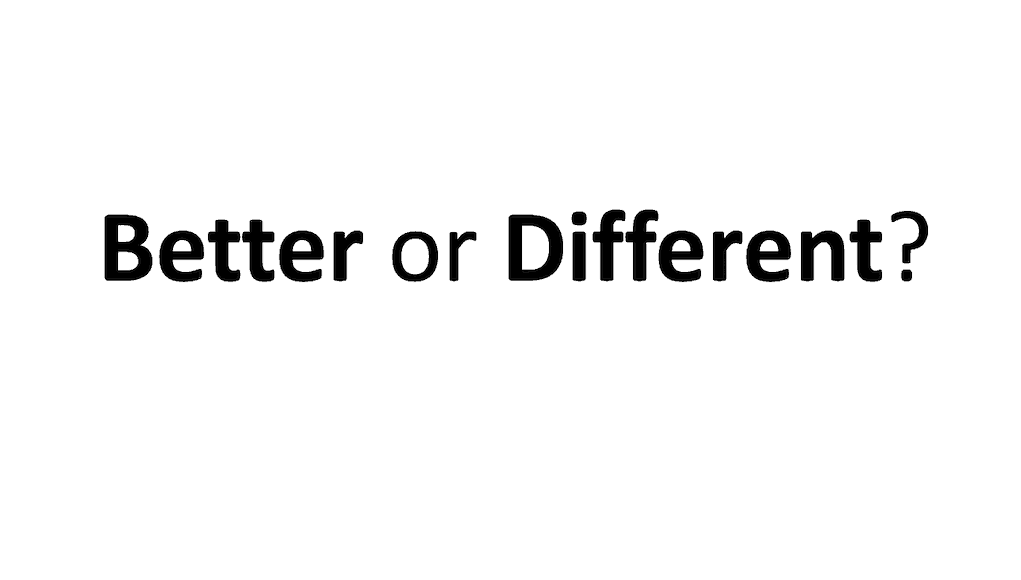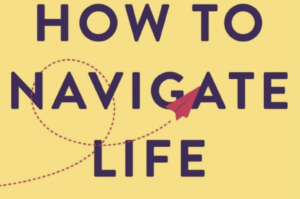What Game Are You Playing: Improvement or Innovation?

“You’ve got to decide if you want to get better at the old game, or create a whole new ball game,” said Chris Rosson, Executive Director of Teach for America Kansas City.
Improvement is getting better at the old game hoping for incremental improvement.
Innovation is trying something new hoping for dramatic improvement (or entirely different outcomes).
Improvement relies on proven practices consistently executed. It can often be pursued with internal agreements with little or no risk of producing worse than current outcomes.
Innovation relies on speculation and experimentation. It always involves risk (outcomes could be better or worse). It often involves outside investment. Given risk and investment, innovation requires a broader set of agreements than improvement.
Change strategies come on a couple continua: small to big, and improvement to innovation. The four quadrants (let’s call them A, B, C, and D for educational purposes) and their respective risk profiles are shown below.

Some K-12 examples are shown below:

A few examples of productive quadrant A initiatives include:
- Dallas County Promise Community (@DallasCoPromise): a systemic approach to improving high school graduation and college enrollment rates.
- Impact Tulsa (@ImpactTulsa), a member of the Strive Together network, is a good example of collective action of districts and community partners aiming at common goals
Starting new schools is a proven way to introduce a coherent package of features that may range from moderately to highly innovative. Developing a greenfield model from scratch (like many of the XQ schools) is challenging. Developing a school with a model provider like New Tech Network reduces the risk. Winton Woods (Cincinnati) adopted the model districtwide.
Microschools can be a cheaper quicker strategy for gaining new school benefits.
Providing some budget and autonomy to schools enables unit based improvement. Denver Public Schools provide school-based budgets with recommended by not required curriculum components and services. Schools are free to mix and match components.
A way to combine these approaches that might work in a struggling feeder pattern with some willing and capable partners is as follows:
- Build community support for systemwide improvement by becoming a College Promise community;
- Enable unit based improvement; and
- Seek new grants to sponsor 1-2 innovation micro-schools and iterate for scale and effectiveness.

Working in quadrant D requires political and financial capital that usually come with thoughtful and sustained leadership. Quadrant D requires strong capacity—usually a mixture of internal and external capabilities. Some examples are districts and networks innovating on school models with a technology partner:
- Lindsay USD and Empower Learning (with support from Gates and CZI)
- Building 21 and Slate (with support from NSVF)
- Teton Science and Place Schools with Novare (with support from NSVF)
Work at scale (quadrants A and D) benefits from cultures, practices, and structures that
- Brings outside voices (student, parent, stakeholder) in
- Distributes leadership across the organization
- Encourage networks of schools and educators
- Update agreements to create role and goal clarity
Working in the innovation quadrants introduces inequity into the system. As the innovations prove out, it requires equity-focused leaders to expand access. Two superintendents that have balanced the need to spark and spread innovation are Pam Moran, who just retired from in Albemarle County (Charlottesville VA) and Pat DeKlotz in Kettle Moraine (Waukesha WI).
Improvement and innovation have different rules, expectations, and risks. The key is knowing which game you’re playing. But as noted recently, getting the balance right between fostering innovation and fighting for equity may be the challenge of our time.
For more see:
- Balancing Improvement and Innovation (2017 podcast)
- On Balancing Improvement and Innovation (2017 screencast)
This post was originally published on Tom’s EdWeek Channel
Stay in-the-know with innovations in learning by signing up for the weekly Smart Update.. This post includes mentions of a Getting Smart partner. For a full list of partners, affiliate organizations and all other disclosures, please see our Partner page.








Gary Gruber
Slicing and dicing improvement vs innovation is similar to management vs leadership. It is really not an either/or proposition. We need both in order to be effective and successful. After 50 years in trying to reshape and reform schools, I believe it comes down to what serves Ss best and different students have different needs. The one size fits all, even with S,M,L and XL, does not work all that well. We have to design and build, or reinvent, redesign and re-purpose schools of and for the future. I have been involved in all four change strategies and I will most often go for high investment and risk for better ROI. And, I there are some good examples for those interested.